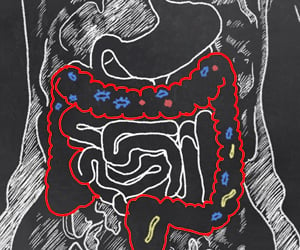Researchers at Yale University have offered new insights into how bacteria like the ones that cause Legionnaires' disease and Q-fever raise such havoc in human patients.
New insights into how bacteria like the ones that cause Legionnaires' disease and Q-fever cause destruction in human patients, have been discovered by researchers at Yale University.
They have reported that in order to stay alive, the gram-negative bacteria use genes that have evolved in tandem with ones in their hosts to essentially disarm immune system cells trying to kill them."Because of their life style, trying to identify how these organisms cause disease has been really difficult,'' said Craig Roy, professor at the Yale School of Medicine in the section of microbial pathogenesis.
Researchers described one innovative way the organisms inflict their damage with impunity.
Some gram-negative pathogens such as Legionella pneumophila, and Coxiella burnetii, the cause of Q fever, actually secrete proteins into eukaryotic cells, or cells with a nucleus.
However, exactly what those proteins did was not known.
Legionnaires' disease is a dangerous form of pneumonia often contracted by inhaling water droplets containing the organism while Q-fever in humans can cause high fevers, chills and can also develop into pneumonia. Both often go undiagnosed.
Advertisement
These genes fascinated scientists because they appear very similar to numerous genes in eukaryotic cells that regulate a multitude of processes.
Advertisement
Roy's lab showed that Ank proteins are secreted into immune system cells called macrophages, and once inside, turn off mechanisms within the cell designed to destroy the bacteria.
Researchers believe that more such survival tricks of gram-negative pathogens will be found but adds, 'this study at least gives us a foothold' for further study.
Roy said that because these bacteria tend to behave like viruses and actually invade cells, they might be susceptible to a vaccine that targets specific elements of the Ank protein and allow macrophages to complete the job, he said.
The study is published in the journal Science.
Source-ANI
RAS/L






